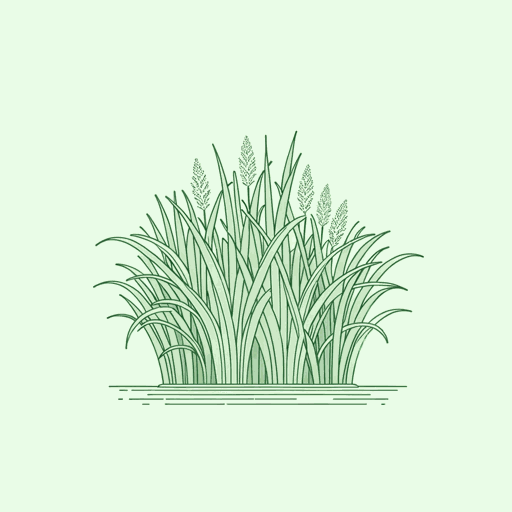19 pages • 38 minutes read
Jean ToomerStorm Ending
Fiction | Poem | Adult | Published in 1923A modern alternative to SparkNotes and CliffsNotes, SuperSummary offers high-quality Study Guides with detailed chapter summaries and analysis of major themes, characters, and more.
Further Reading & Resources
Related Poems
“Beehive” by Jean Toomer (1932)
This poem precedes “Storm Ending” in Cane and explore similar natural imagery. Honey appears in Line 8 in “Storm Ending,” as well as Lines 7, 11, and 12 in “Beehive.” The honey in “Beehive” is silver, rather than the golden honey of “Storm Ending,” separating the poems in terms of night and day. This difference in color reflects how “Storm Ending” looks at the “sun” (Line 6) versus how “Beehive” focuses on the “moon” (Lines 3, 4, 5, 13).
Furthermore, both poems include floral imagery; “flowers” appear in Lines 2 and 5 of “Storm Ending,” and “flower” is the final word of “Beehive” (Line 14). This solidifies the connection between pollinators and their plants. Both poems feature the earth and explore the theme of how humans are insignificant in comparison to the power of nature. A human is simply a “drone” (Line 9) and the earth merely a “cell” of the “comb” (Line 8) in “Beehive.”
“Harlem Shadows” by Claude McKay (1922)
Toomer was a very early figure in the Harlem Renaissance. According to Turner’s introduction to Cane, “of the materials now known as the literature of the [Harlem] Renaissance, only one book had been published—Claude McKay’s volume of poetry, Harlem Shadows” before Cane was published.


